Minecraft, the blocky sandbox phenomenon that has captured the imaginations of millions worldwide, has seen many versions since its inception in 2011. Minecraft: Bedrock Edition stands out for its cross-platform compatibility, extensive modding capabilities, and constant updates that keep the game fresh and engaging. One of the unique aspects of Minecraft: Bedrock Edition is its rich array of game icons and banners, which have become an integral part of the game’s visual identity and user experience.
This article will delve into Minecraft: Bedrock Edition, focusing on the significance, evolution, and customization of game icons and banners. From their role in user interface (UI) design to their impact on gameplay, we’ll explore how these visual elements enhance the Minecraft experience.
The Evolution of Minecraft: Bedrock Edition (2011)
Minecraft: Bedrock Edition, initially released in 2011 as Minecraft Pocket Edition for mobile devices, has evolved significantly. The Bedrock Edition was designed to be a version of Minecraft that could run on multiple platforms, including consoles, mobile devices, and Windows 10, without sacrificing performance or functionality. This goal was achieved by developing the Bedrock Engine, a new engine designed for speed, flexibility, and compatibility across various devices.
The evolution of the Bedrock Edition is marked by its expansion from a simple mobile game to a fully-fledged version of Minecraft that supports cross-platform multiplayer, modding, and integration with various online services. Each update brought new features, textures, and game mechanics, including the game icons and banners that became increasingly prominent in the user interface.
The Role of Game Icons and Banners
Game icons and banners in Minecraft: Bedrock Edition are critical components of the game’s interface, providing players with information, guidance, and a sense of progression. These visual elements are not merely decorative; they enhance functionally enhance the game’s usability and accessibility.
Icons are used throughout Minecraft: Bedrock Edition to represent various in-game items, entities, and actions. For instance, an icon of a pickaxe represents the mining tool, while a sword icon denotes a weapon. These icons help players quickly identify items in their inventory, crafting menus, and during gameplay. Similarly, banners convey information about events, challenges, achievements, and updates. They also play a role in the customization and personalization of the game, allowing players to create unique symbols that represent their in-game identity or team.
The Significance of Game Icons in Minecraft: Bedrock Edition
Game icons are small, graphic representations that symbolize objects, tools, and other elements within Minecraft. They are crucial in creating an intuitive interface and guiding players through the game’s various complexities. Using icons simplifies gameplay by reducing the need for extensive text and allowing for quicker decision-making.
![]()
Enhancing User Experience
Icons are designed to be immediately recognizable, essential in a game where players must often make quick decisions. For example, the heart icon in Minecraft’s health bar instantly conveys the player’s remaining health. The hunger bar, represented by a drumstick icon, shows the player’s food level, which impacts their ability to heal and sprint. The clarity and intuitiveness of these icons are fundamental to keeping the player engaged without requiring constant reference to a manual or guide.
Icons also play a significant role in inventory management. Minecraft is a resource collection game, and players often carry many items at any time. The use of distinctive icons helps players quickly locate and utilize these items, whether in crafting, building, or combat.
Supporting Multilingual Accessibility
Another critical function of game icons is to support the game’s accessibility across different languages. Because icons are visual representations, they transcend language barriers, making Minecraft more inclusive to a global audience. Instead of relying solely on text, which may need translation, using universally recognizable symbols ensures that players can easily navigate the game, regardless of their linguistic background.
Visual Appeal and Branding
Game icons are also essential for maintaining Minecraft’s distinctive visual style. The game’s pixelated aesthetic is carried over to its icons, designed to match the blocky, low-resolution graphics defining Minecraft. This consistency helps maintain the game’s unique identity and ensures every visual element feels cohesive and harmonious.
The branding potential of game icons is also significant. Over the years, Minecraft’s icons have become so iconic that they are instantly associated with the game itself. The pickaxe, creeper face, and diamond shapes are now symbols of the Minecraft brand, recognizable even outside the gaming community.
The Importance of Banners in Minecraft: Bedrock Edition
While game icons serve as practical gameplay navigation tools, Minecraft: Bedrock Edition banners offer an entirely different dimension of personalization and creativity. Banners are customizable decorative items that players can craft and use to express their individuality, signify allegiance to a group or faction, or add aesthetic value to their creations.
Crafting and Customization
Banners in Minecraft: Bedrock Edition are crafted using wool and sticks. The basic banner can then be customized with various patterns and colours using dyes and crafting tables. This flexibility allows players to create virtually limitless designs, from simple geometric shapes to intricate symbols.
The ability to customize banners has made them popular among players who enjoy expressing their creativity. Players often use banners to decorate their bases, mark territories, or create flags representing their clans or factions in multiplayer games. In this way, banners have become a form of visual storytelling within Minecraft, conveying messages about a player’s style, preferences, or alliances.
Enhancing Gameplay Through Symbolism
Banners also contribute to gameplay by providing a way for players to communicate visually. For example, a group of players on a server might use a specific banner design to signify their faction membership or mark claimed territories. In survival or PvP (Player vs. Player) modes, banners can serve as rallying points, helping players quickly identify their allies.
The symbolic use of banners extends beyond player interactions. In-game entities like villagers and pillagers use banners to signify their affiliations or roles. For example, the ominous-looking “Illager Banner” is carried by raid captains, signalling a threat to any player encountering them. This use of banners adds depth to the game’s mechanics and narrative, making the world of Minecraft feel more alive and interactive.
Role in In-Game Events and Updates
Banners have also been used to signify in-game events and updates. For instance, during special events like Minecraft Live or seasonal updates, Mojang, the developers of Minecraft, may release special banners that players can collect or earn through specific challenges. These banners become mementoes of participation in these events, adding a layer of collectibility and prestige to the game.
How Icons and Banners Enhance Customization and Community Engagement
Minecraft is renowned for its extensive customization options, and game icons and banners are integral to this aspect. They allow players to personalize their experience uniquely, fostering a sense of ownership and creative expression.
Community Creations and Modding
The Minecraft community is known for its creativity and innovation, and game icons and banners have become popular subjects for modding and community creations. Players have developed countless custom textures and icon packs that alter the appearance of in-game icons to suit different themes or styles. These customizations can range from minor changes, like recolouring existing icons, to complete overhauls that entirely transform the game’s visual style.
Similarly, custom banners have become a canvas for the community’s artistic endeavours. Players frequently share banner designs online, creating libraries of patterns that others can download and use. Websites and forums dedicated to Minecraft are filled with tutorials, pattern generators, and showcases of creative banner designs, fostering community and collaboration among players.
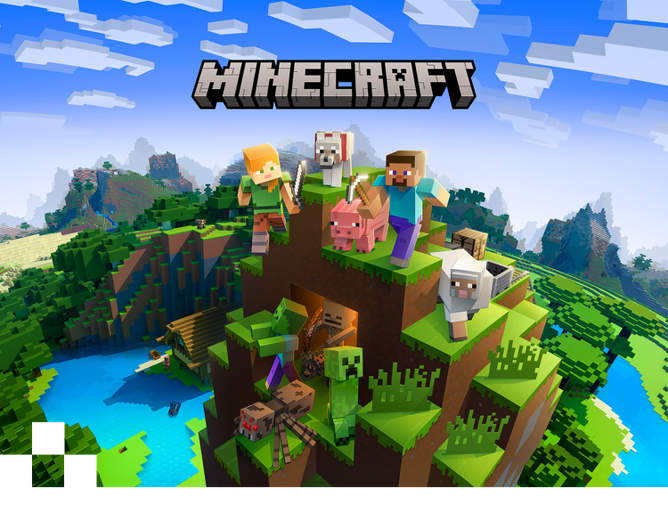
Encouraging Player Interaction and Collaboration
Icons and banners also encourage player interaction and collaboration. For example, on multiplayer servers, players often create shared spaces or projects that utilize customized banners to represent different factions or roles. Shared visual language helps build a sense of camaraderie and identity among players.
Events centred around designing or creating banners are common in the Minecraft community. Server-wide competitions or collaborative projects where players contribute to creating themed banners can significantly enhance player engagement and foster a more connected community.
Integration with Marketplace and Online Content
With the advent of the Minecraft Marketplace, icons and banners have found new relevance. Players can purchase texture packs that change the appearance of icons, providing a new look and feel for their game. Custom banners created by content creators are also available, allowing players to support their favourite creators while obtaining unique in-game content.
This integration has opened up a new dimension for monetizing creativity within Minecraft. Content creators can design and sell their icons and banners, contributing to the game’s ecosystem while offering fresh content for players.
Conclusion: The Dynamic Role of Icons and Banners in Minecraft: Bedrock Edition
Minecraft: Bedrock Edition’s game icons and banners are more than mere graphical elements; they are fundamental components of the game’s interface, aesthetic, and community engagement. Icons simplify navigation and gameplay, support multilingual accessibility, and reinforce the game’s distinctive branding. Meanwhile, banners provide a medium for creative expression, enhance player interaction, and add layers of meaning and storytelling to the Minecraft experience.
As Minecraft continues to evolve, its icons and banners will likely grow in importance, offering new opportunities for customization, creativity, and community building. Whether you’re a seasoned player or new to Minecraft, understanding these elements can deepen your appreciation of the game’s rich visual language and its vibrant community.
Minecraft: Bedrock Edition shows how seemingly small details—like icons and banners—can profoundly impact a game’s appeal, functionality, and cultural footprint. The next time you open Minecraft and navigate through its menus or craft a new banner, take a moment to appreciate the thoughtful design and endless possibilities these elements bring to the ever-expanding universe of Minecraft.


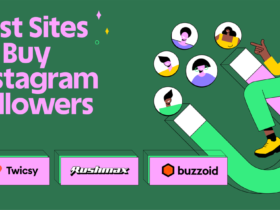





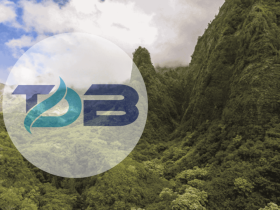
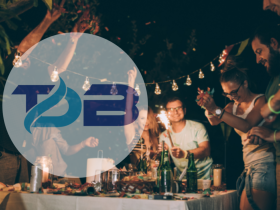
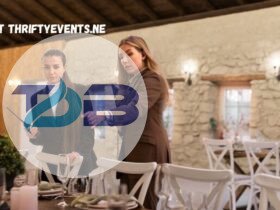

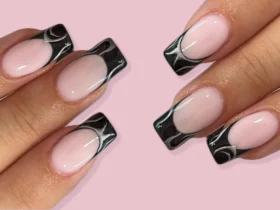


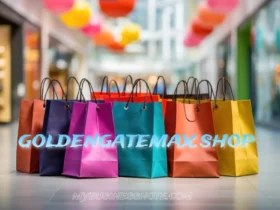


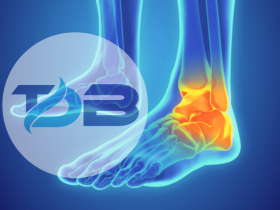


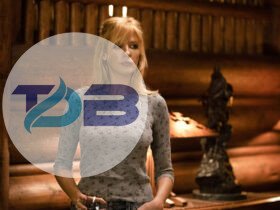
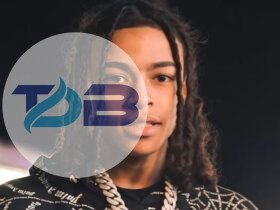

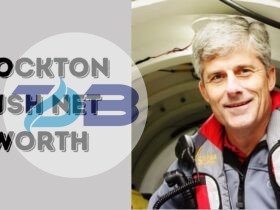

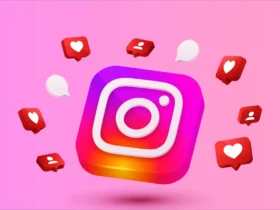

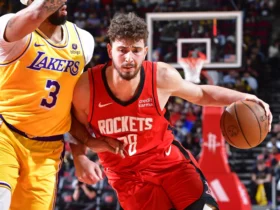
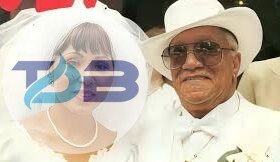

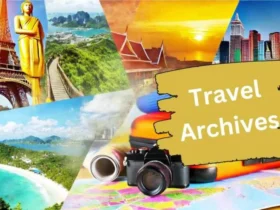


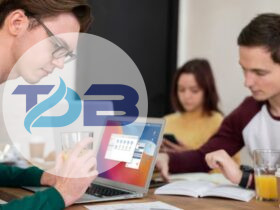
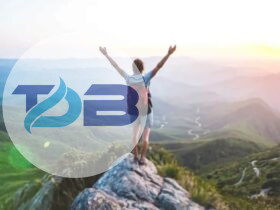

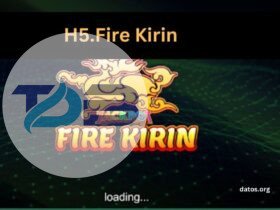

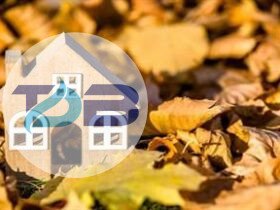
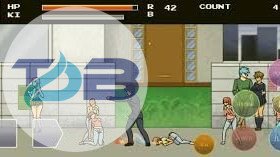
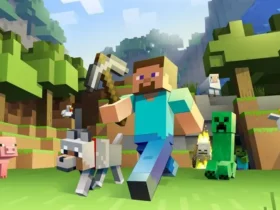
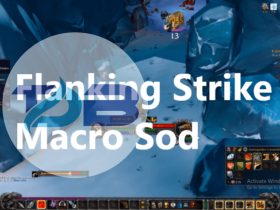
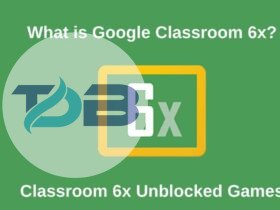
Leave a Reply